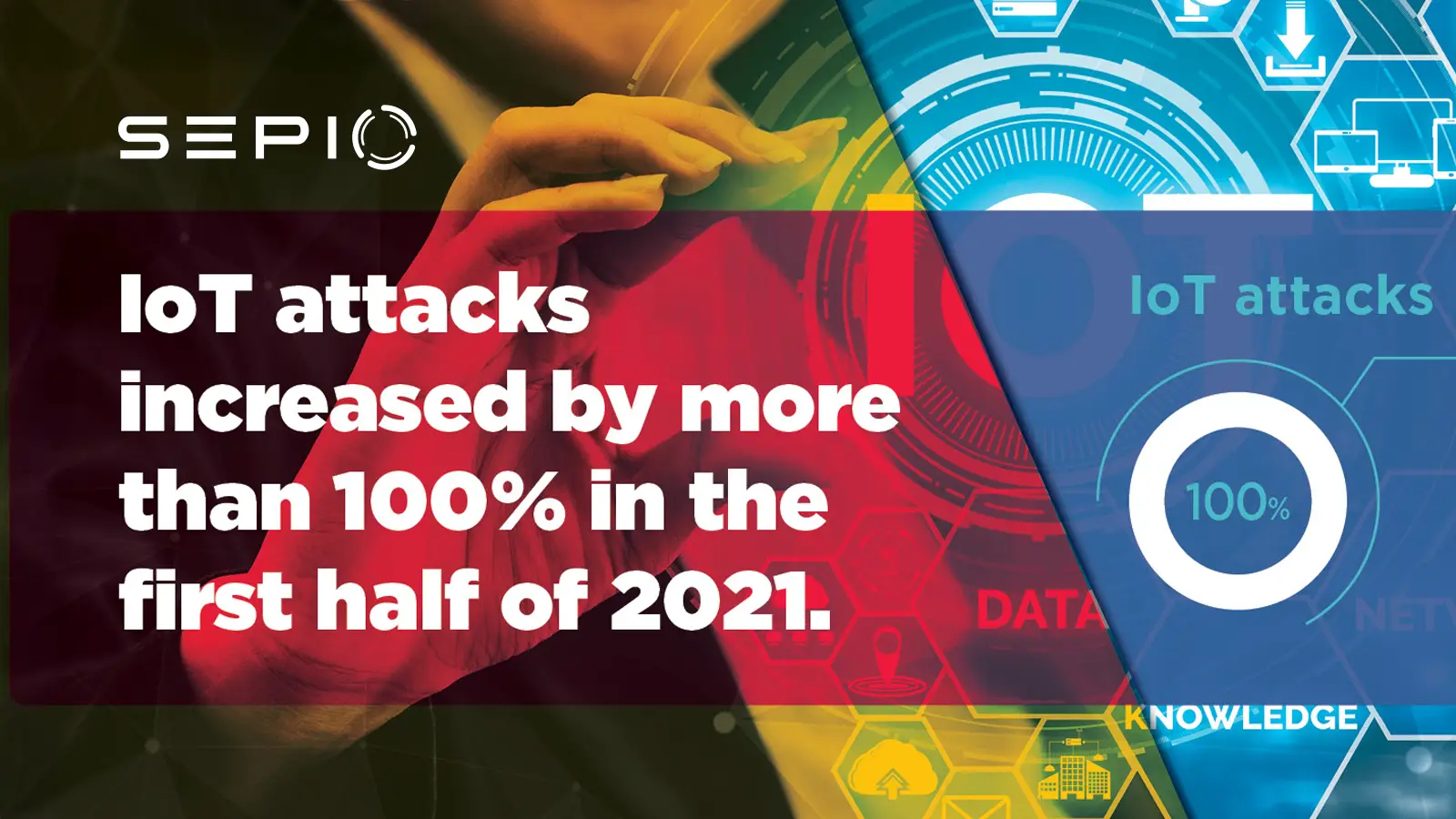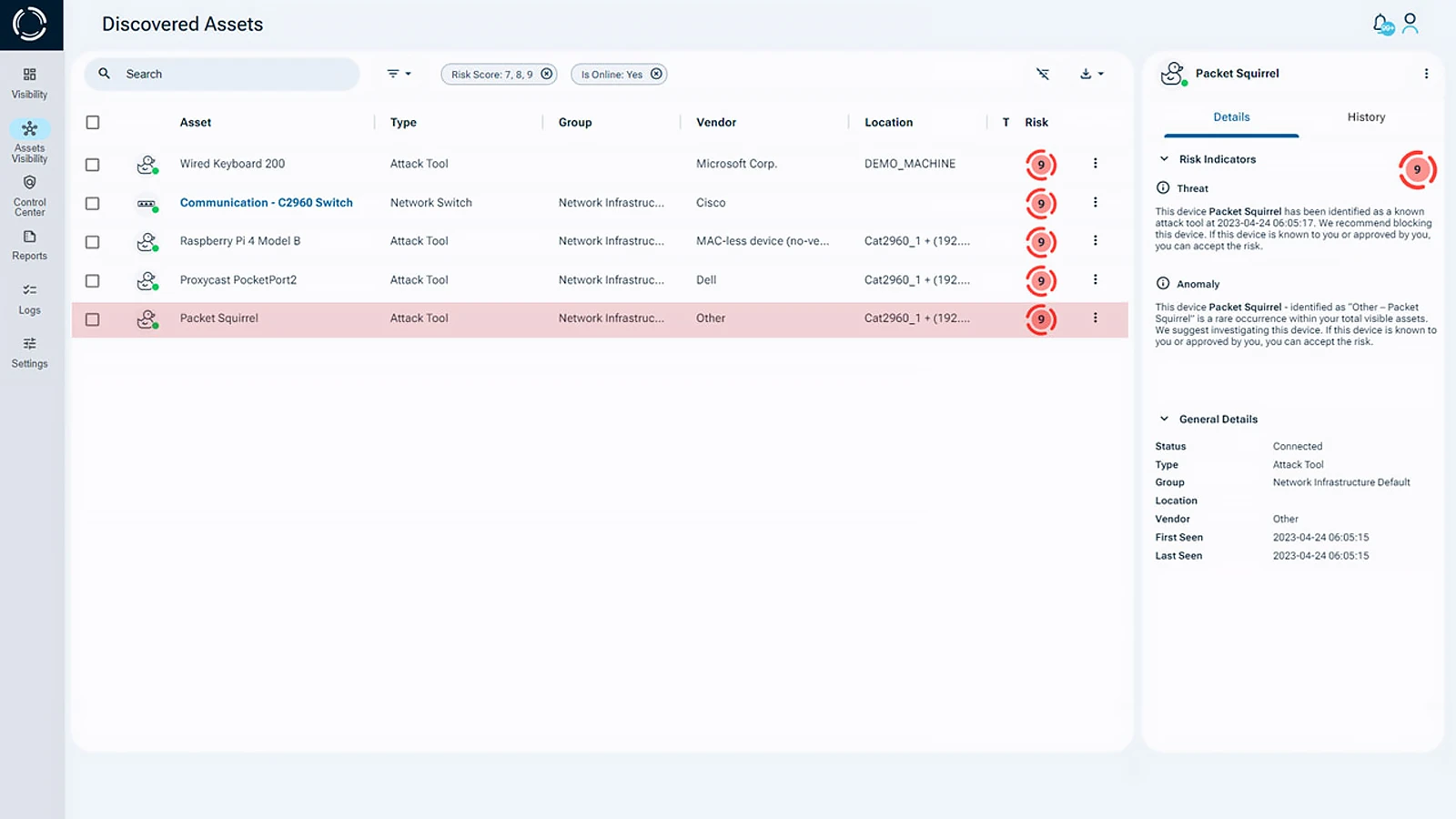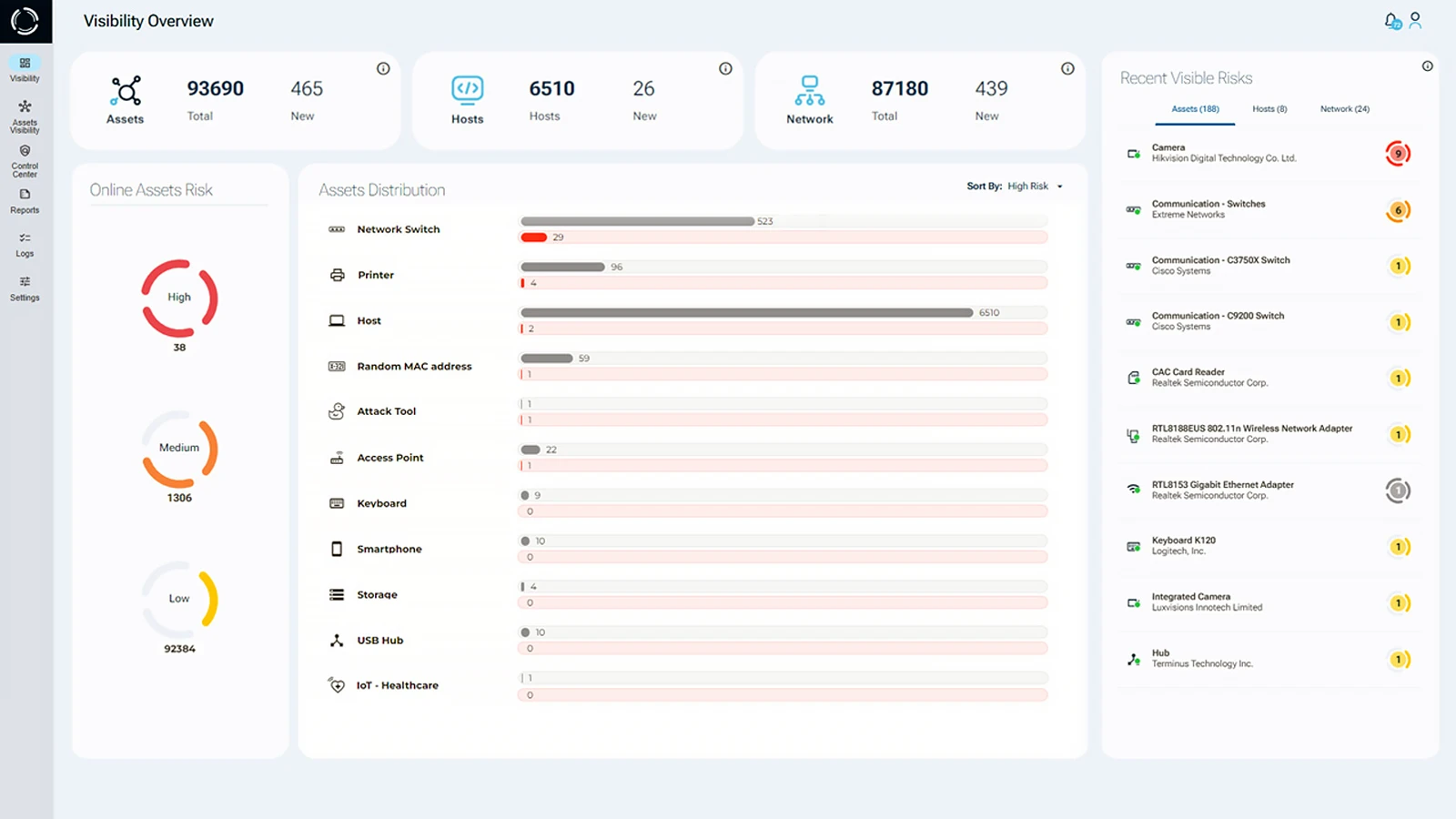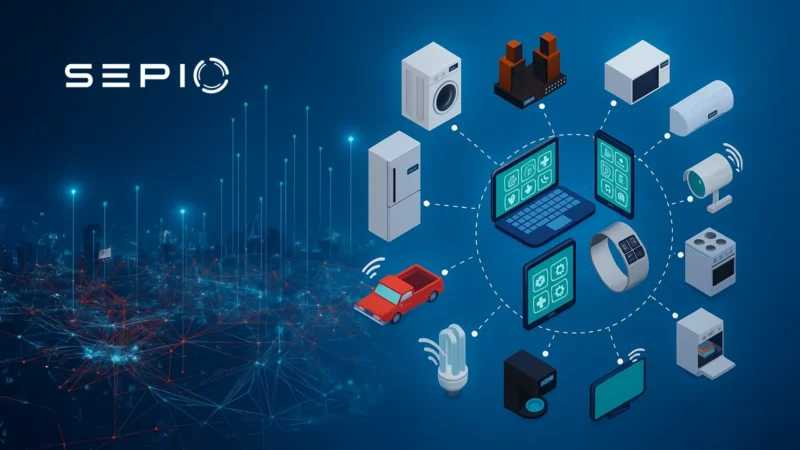IoT Device Security
IoT device security refers to the measures, technologies, and best practices designed to protect Internet of Things (IoT) devices from cybersecurity threats. These devices, which are increasingly integrated into homes, businesses and critical infrastructure, process and transmit valuable data, making IoT security essential for preventing unauthorized access, data breaches, and malware attacks.
IoT device security is essential for protecting user privacy and preserving network integrity, especially in an increasingly connected world. Smart devices are automating routine tasks, and IoT devices are leading the way, transforming how we engage with our environment. With greater efficiency, it’s no surprise that more than 30% of all network-connected endpoints in a typical enterprise are IoT devices. This reinforces the need for robust IoT security solutions to protect against data breaches, hacking, and malware.
Why are IoT Devices a Target for Cyberattacks?
Cybercriminals are increasingly targeting IoT devices due to their vast numbers, insecure configurations, and access to computer networks. In fact, IoT attacks doubled in the first half of 2021, exposing the urgent need for strong IoT cybersecurity solutions.
IoT devices are appealing targets because they often lack proper security protocols, receive infrequent software updates, and can serve as entry points into broader network environments. This makes IoT network security risks a serious concern for both consumers and enterprises.

IoT Device Security Risks
The widespread adoption of IoT devices across industries has enhanced connectivity, but it has also introduced significant security risks. These devices collect, store, and transmit sensitive data, ranging from personal and financial information to critical business assets.
IoT devices can serve as entry points into networks, providing attackers with direct access to critical systems and information. Hackers, often motivated by financial gain, see them as digital slot machines, dispensing valuable data and potentially unlocking access to even more sensitive assets.
IoT device security plays a crucial role in defending against a wide range of threats, including phishing, unauthorized intrusions, and state-sponsored attacks. Vulnerable IoT devices are often exploited to launch ransomware campaigns and distributed denial-of-service (DDoS) attacks. As IoT integration with IT networks deepens, these threats increasingly jeopardize operational continuity, and even critical infrastructure.
These risks underscore the importance of implementing IoT device security best practices, such as strong authentication, regular software updates, and continuous monitoring of IoT network connections.
Network and IoT Security
As more IoT devices are connected to business networks, the management of IoT network security becomes more complex. This expanding connectivity creates new opportunities for unauthorized network access and increases the risk of hardware-based attacks. For example, a smart coffee machine in a corporate lobby may seem harmless, but it could provide attackers with a pathway to gain network access for further malicious activities.
To mitigate these risks, it is essential to implement strict network access controls, firewall protections, and network segmentation. These measures significantly reduce each IoT device’s network privileges, limiting exposure and preventing unauthorized lateral movement.
Continuous network monitoring and the use of intrusion detection systems are also critical for managing IoT network security and protecting enterprise networks from evolving threats.
Remote Work
With the rise of remote work, IoT device security have expanded beyond corporate environments. Today, the average home hosts around 25 connected devices, ranging from smart TVs and refrigerators to cameras and security systems. Each IoT device represents a potential entry point for hackers.
This shift has increased the need for IoT network security best practices that protect both enterprise and home environments, making IoT device security a shared responsibility across the workforce.
IoT Network Visibility
Despite implementing IoT device security measures and network access controls, achieving a comprehensive inventory of all IoT devices connected to network remains a significant challenge. Traditional endpoint and network security tools often fail to accurately identify and monitor these devices, leading to critical blind spots. While solutions such as Network Access Control (NAC), Intrusion Detection Systems (IDS), and IoT network security platforms aim to address these issues, they often lack visibility at the physical layer. This gap enables rogue devices to operate undetected, posing serious risks to both IoT hardware and overall network security.

Many IoT devices are deployed without essential security measures, often overlooked due to their seemingly harmless nature. However, given the persistent vulnerabilities in IoT device security, it is essential to protect networks from evolving and increasingly sophisticated threats.
IoT Network Security
Sepio’s Asset Risk Management (ARM) platform empowers enterprises to tackle IoT network security effectively, starting with unique physical layer visibility. By calculating a digital fingerprint of all IT, OT, and IoT assets, Sepio provides precise detection and identification of each device within your network. Its comprehensive policy enforcement mechanism, combined with Rogue Device Mitigation capabilities, quickly blocks unapproved or rogue hardware. This approach effectively protects against hardware-based attacks.

With Sepio’s platform, organizations can effectively secure their network environments and enhance their Internet of Things (IoT) cybersecurity. By providing unparalleled visibility into all connected IoT devices, Sepio strengthens device-level security and reinforces the overall network cybersecurity posture.
IoT Device & Network Security
Sepio’s trafficless CPS Protection Platform delivers comprehensive IoT device and network security by uncovering all connected assets, managed or rogue, at the physical layer. With unmatched visibility and automated risk mitigation, Sepio strengthens security posture across IT, OT, and IoT environments.
Key Capabilities
Unmatched Visibility
- Detects all IoT assets using physical-layer data, including shadow and spoofed devices.
- Works with existing tools for enhanced visibility and ROI.
IoT Device Security
- Identifies assets via Asset DNA, regardless of OS or identifiers.
- Immune to spoofing and false positives.
- Enforces granular policies based on risk, vendor, or asset type.
IoT Network Security
- Blocks rogue devices and attack tools in real time.
- Monitors device behavior with automated risk scoring.
- Integrates with NAC, SOAR, and SIEM platforms.
Secure Your IoT Devices and Protect Your Network
Talk to an expert today and take the first to protect your network from cyber threats. Sepio’s patented technology delivers unmatched IoT network security, ensuring your enterprise stays resilient in the face of evolving attacks.






